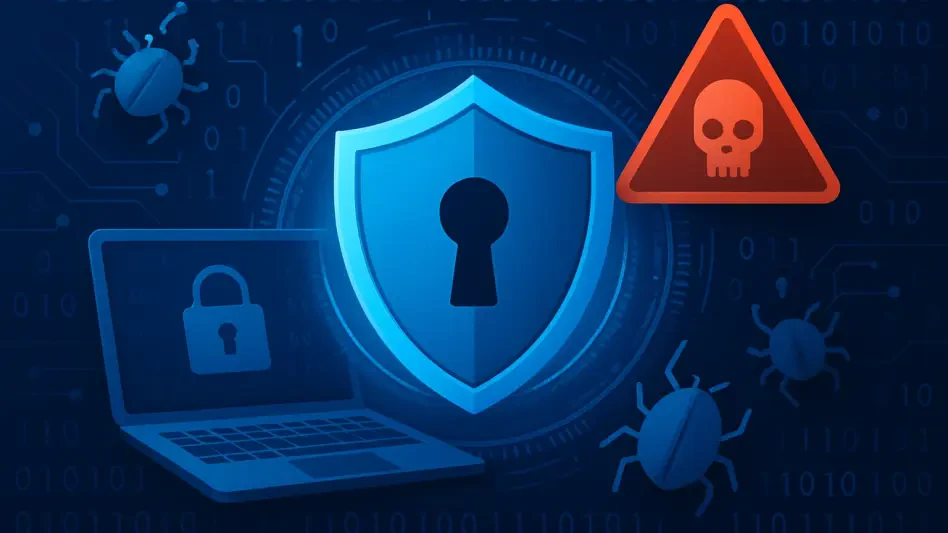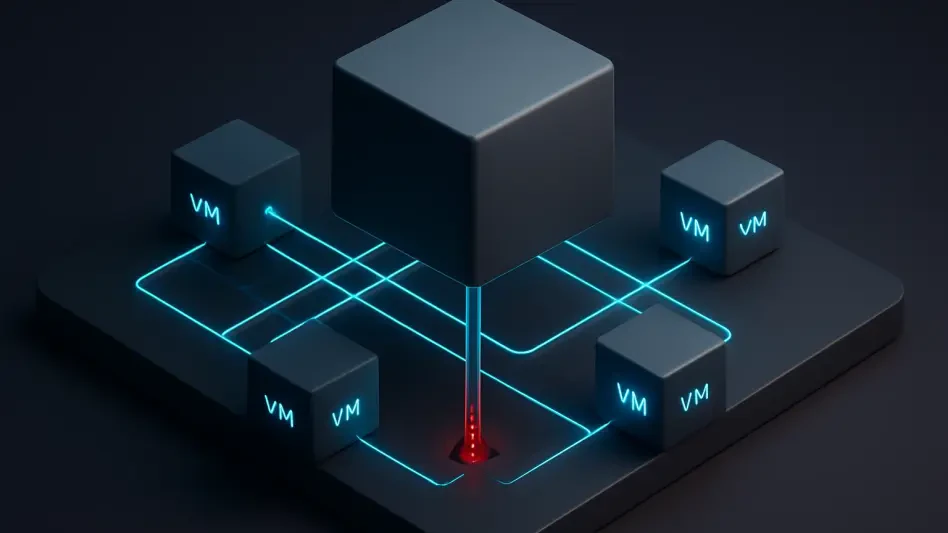Singapore’s critical infrastructure has come under increasing scrutiny due to emerging cyber threats, particularly from the state-affiliated group UNC3886. Known for exploiting zero-day vulnerabilities in renowned systems—such as Fortinet, VMware, and Juniper—this group targets key sectors like energy, telecommunications, and government services. The advanced tactics employed, including custom malware and sophisticated persistence strategies, highlight the urgency of robust security measures to protect vital services.
Overview of Singapore’s Critical Infrastructure Landscape
Singapore’s critical infrastructure serves as the backbone for essential services, underpinning sectors like energy, telecommunications, water, finance, and government operations. Known for its heavy reliance on technological advancements, the nation’s infrastructure is interconnected with state-of-the-art systems that ensure the continuous provision of these services. Organizations such as SP Group, PUB, and the Monetary Authority of Singapore play pivotal roles in maintaining this infrastructure, operating under a stringent regulatory framework that aims to secure and protect these essential sectors.
The regulatory structure is designed to uphold stringent standards, offering a comprehensive framework to ensure robustness and resilience against cyber threats. Technology forms the keystone of this infrastructure, adding layers of complexity but also opening up potential vulnerabilities that need continuous oversight and upgrades. As digital transformation accelerates, the challenge remains in balancing innovation with security.
Examination of Emerging Threats by UNC3886
Primary Trends and Threat Tactics by UNC3886
UNC3886 has become synonymous with sophisticated state-sponsored cyber operations. The group’s tactics often involve exploiting zero-day vulnerabilities through advanced malware that remains undetected. Their hallmark methodologies include deploying custom backdoors within operational technology (OT) and information technology (IT) systems, targeting critical sectors with diligence and precision. Recent activities point to a strategic pattern of espionage operations aligned with Chinese state interests, focusing on long-term infiltration rather than immediate destruction.
Their approach revolves around obfuscating their presence, employing tactics like the use of hidden command-and-control channels, subverting forensic evidence, and harvesting credentials. As these threats evolve, the complexity and persistence of UNC3886 demand a reevaluation of current cybersecurity measures to preempt potential breaches.
Data-Driven Insights and Future Threat Projections
Recent data indicates a growing sophistication in UNC3886’s threats, with predictions suggesting further evolution in their methodologies. The future trajectory points to wider implications across sectors, necessitating enhanced security frameworks and intelligence cooperation. Market analysis underscores the urgency of incorporating proactive threat intelligence mechanisms, adapting to anticipate new tactics that could disrupt critical operations.
Future readiness will depend largely on staying ahead of such evolving threats. It involves not only technological upgrades but also orchestrated intelligence-sharing efforts and the adoption of foresight-driven security strategies.
Challenges in Defending Against UNC3886
Defending against UNC3886 involves myriad challenges. Technologically, the reliance on complex systems increases vulnerability, necessitating ongoing vigilance against emergent threats. Regulatory barriers and insufficient market awareness also pose significant obstacles, often resulting in a reactive rather than proactive defense posture.
To bolster cyber resilience, strategies must encompass robust patch management systems and enhanced anomaly detection capabilities. Solutions require sector-wide mobilization, emphasizing collaborative approaches, shared intelligence, and coordinated incident responses to address these multifaceted challenges and mitigate risks.
Regulatory Framework and Compliance Measures
Singapore’s regulatory environment is deeply interwoven with comprehensive cybersecurity standards aimed at protecting critical infrastructure. Key measures such as the Cybersecurity Act provide a vital foundation, ensuring compliance across sectors. These regulations serve as crucial benchmarks for assessing readiness and identifying areas needing enhancement.
Compliance impacts security practices by driving vigilant monitoring, implementing cutting-edge technologies, and enforcing stringent security protocols. Yet, enforcement also compels organizations to maintain nimble operations capable of responding promptly to shifting threats and regulatory updates.
Future Directions and Strategic Initiatives
Looking ahead, new trends, technological innovations, and evolving threats will shape future security measures. Advancements in artificial intelligence, machine learning, and anomaly detection promise enhanced protection capabilities. Additionally, global economic conditions and regulatory changes will inevitably influence critical infrastructure priorities and resource allocation.
Emphasizing a forward-thinking mindset, organizations should integrate cutting-edge technologies and foster cross-sector collaborations. Strategic initiatives focusing on strengthening governance frameworks, bolstering incident response efficiencies, and sharing intelligence will be pivotal in shaping an adaptive, resilient security posture.
Conclusion and Strategic Recommendations
The findings highlight an urgent need for Singapore’s critical infrastructure to elevate its cybersecurity maturity. For sustainable resilience, enhanced readiness against UNC3886 requires a multifaceted approach combining technological innovation, strict compliance, and coordinated sector-wide efforts. Recommendations include investing in cutting-edge security solutions, expanding threat intelligence sharing initiatives, and conducting regular cross-sector cyber-exercises. Addressing these areas will not only alleviate existing vulnerabilities but also position Singapore as a model for proactive critical infrastructure protection amidst evolving cyber threats.








